Editorial: Let consumers decide whether to eat lab-grown meat
Published in Op Eds
The stretch of Interstate 5 that runs through the heart of California’s sunbaked Central Valley would be forgettable if not for the stench of manure. Cattle ranches, some tightly packed with livestock, sprawl to the horizon.
As demand for meat continues to soar, it’s hard to blame these hardworking ranchers for earning a living. Yet the risk such livestock pose to the climate is undeniable: A single California cattle ranch emits as much methane annually as 165,000 cars. Statewide, cattle produce more of the pollutant than almost every oil and gas basin in North America.
In the not-too-distant future, well-meaning carnivores could have a much cleaner alternative: lab-grown meat.
Unlike plant-based foods that aim to taste like meat, so-called cultivated versions — made from biopsied animal cells, in regulated manufacturing sites — (almost) constitute the real thing. The fledgling industry has its hurdles, not least winning over a skeptical public and wary politicians. All the same, it shouldn’t be impeded: The sector exemplifies precisely the kind of ambitious, inventive thinking needed to confront the world’s climate challenges.
The first lab-grown burger debuted more than a decade ago. It originated from the stem cells of a dead cow, which were put into a gel and left to grow for three months. Some 20,000 muscle fibers, stored in separate vials, were combined to form a 3.5-ounce patty that was cooked before an audience in London. The $325,000 burger garnered mostly positive reviews — though it could have used more fat and, one reviewer quipped, a pinch of salt.
More recent versions are getting cheaper and tastier, if not less clinical. Roughly 175 miles northwest of California’s cattle ranches, tucked in an unmarked Bay Area facility, Upside Foods can produce thousands of pounds of chicken from a single thumb-sized vial of cells. The cells are transferred to a flask, rocked in an electronic “cradle” (they need movement to grow), and placed in a ceiling-high industrial tank full of nutrient-rich broth. After two to three weeks, the chicken cells are removed and concentrated, leaving a pancake-batter-like mix that can be shaped into filets and prepared as conventional meat.
Upside is one of more than 170 cultivated meat and seafood startups globally that have raised $3.1 billion over the past decade. Conservative forecasts suggest the sector can reduce land use for beef production by 10-fold and carbon emissions 12-fold. With global meat demand expected to rise by more than 50% by 2050, the potential benefits could be profound.
Implausible as it may seem: Upside’s chicken is delicious. The company’s biggest obstacle, rather, is likely to be political. Alabama, Florida and Mississippi have banned lab-grown meat, purportedly to protect cattle ranchers and farmers. (Upside sued the state of Florida.) Montana and Wyoming are considering similar measures. Such prohibitions make little sense. Ranchers won’t be threatened anytime soon: The sector is projected to meet just half a percentage point of global demand by 2030. More to the point, some of the biggest industrial food companies are investing in the industry. A protectionist panic is hardly in order.
Another concern is economic. To date, Upside’s meat has been sold in one San Francisco restaurant that caters to the rich and curious. Although manufacturing innovations have slashed prices in recent years, reaching parity with conventional meat will be a challenge. Allowing the sector to qualify for loan guarantees in line with traditional farmers would help level the playing field. Streamlining regulatory approvals, currently shared between the Food and Drug Administration and the Department of Agriculture, would get more competitors on the market quicker. Lowering barriers for renewable energy — nuclear, in particular — not only would reduce costs but also ensure the sector can deliver on its promise of cutting emissions.
Lab-grown meat won’t — and at this stage, can’t — replace traditional beef, pork or poultry. Given the sector’s vast potential, though, policymakers should remove arbitrary barriers, unleash the forces of capitalism and let American consumers decide its fate. The planet will be better for it.
____
The Editorial Board publishes the views of the editors across a range of national and global affairs.
©2025 Bloomberg L.P. Visit bloomberg.com/opinion. Distributed by Tribune Content Agency, LLC.
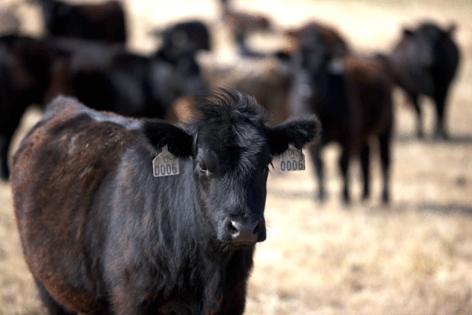


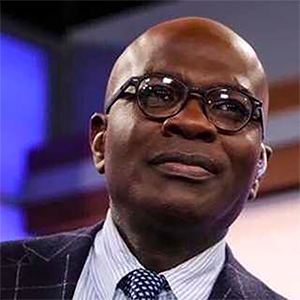



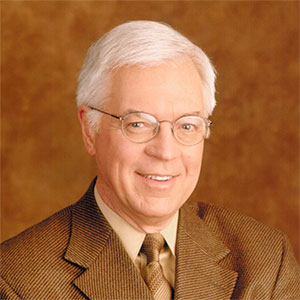















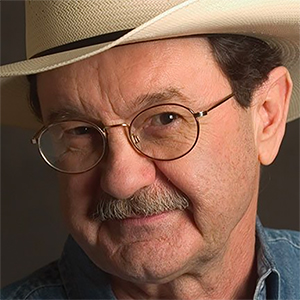



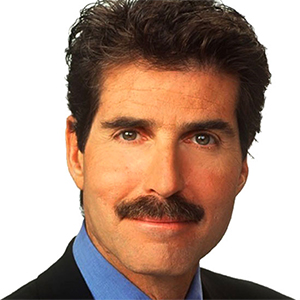







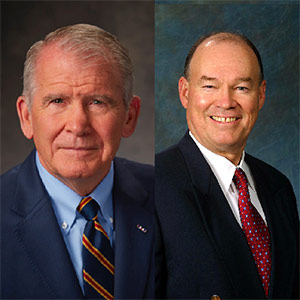
























Comments